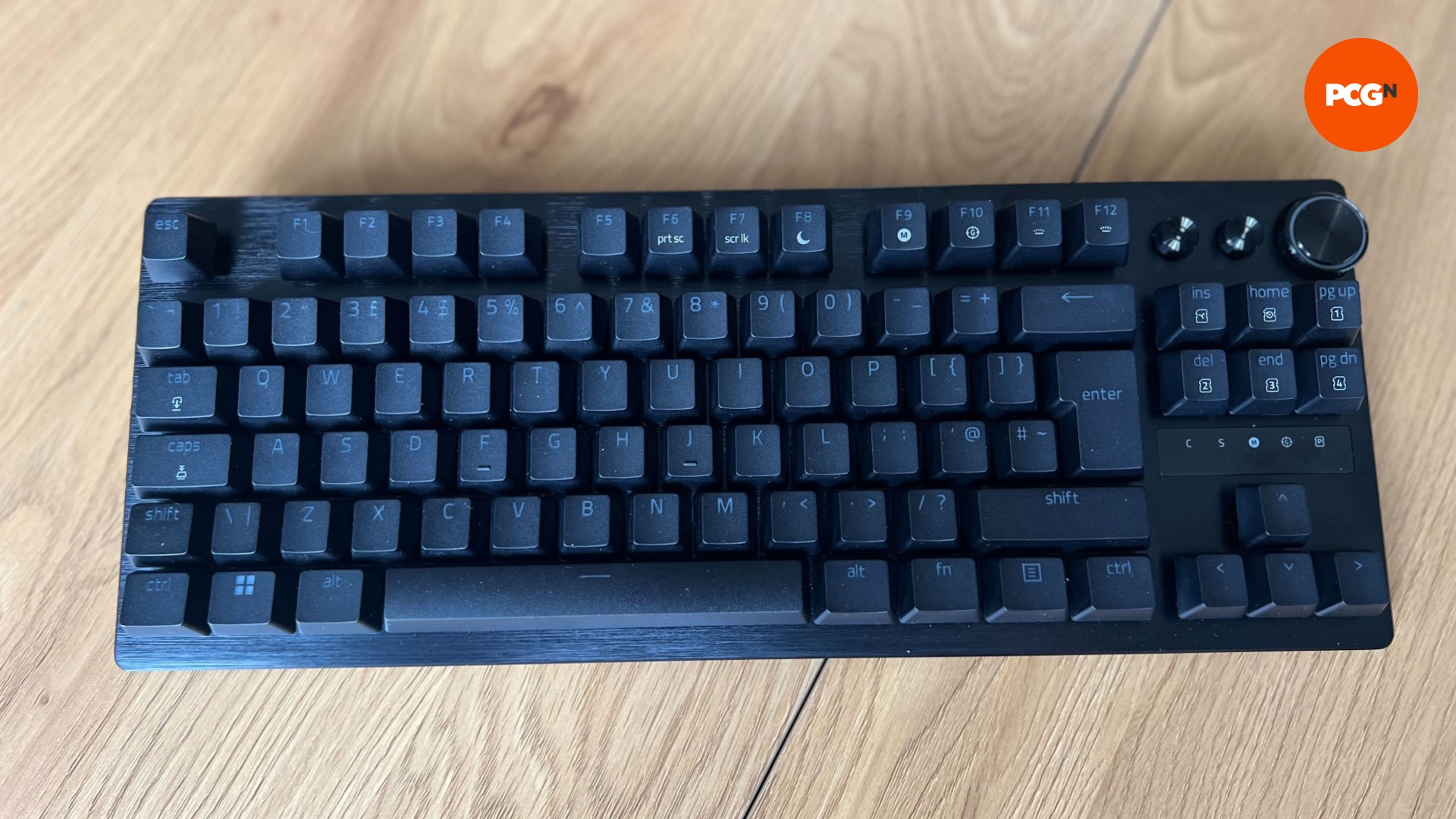

Researchers at the Center for Quantum Technologies at Technische Universität Darmstadt have made a significant breakthrough in quantum computing by developing a large-scale quantum processing architecture that surpasses the current limit of 1000 atomic qubits. This development is a major step forward in the field of quantum computing, as it brings us closer to achieving practical applications of quantum technology.
Quantum computing has the potential to revolutionize the way we process information by leveraging the principles of quantum mechanics to perform calculations that are currently impossible with classical computers. One of the key challenges in building a practical quantum computer is the scaling up of the number of qubits, the basic building blocks of quantum information processing. The more qubits a quantum computer has, the more complex calculations it can perform.
The team of researchers at TU Darmstadt has developed a novel approach to quantum processing that allows for the creation of a large-scale architecture with more than 1000 qubits. This architecture is based on the use of atomic qubits, which are atoms that can be manipulated to store and process quantum information. By arranging these atomic qubits in a specific configuration, the researchers were able to create a quantum processing unit that is capable of surpassing the 1000 qubit threshold.
The key innovation in this new architecture is the use of a modular design that allows for the seamless integration of individual quantum processing units into a larger system. This design enables the researchers to scale up the number of qubits beyond the current limits and build a quantum computer with unprecedented processing power.
One of the main advantages of this new architecture is its ability to perform complex calculations in a more efficient and scalable manner. By utilizing atomic qubits, the researchers were able to overcome some of the limitations of other qubit technologies, such as superconducting qubits or trapped ions. This makes their architecture a promising candidate for building practical quantum computers that can tackle real-world problems.
The researchers have already demonstrated the capabilities of their architecture by running simulations of quantum algorithms on a small-scale prototype. These simulations have shown that their architecture is capable of outperforming current state-of-the-art quantum processors in terms of speed and efficiency. This is a promising sign that their approach could lead to significant advancements in the field of quantum computing.
The development of a large-scale quantum processing architecture with more than 1000 qubits is a major milestone in the field of quantum computing. It represents a significant step forward in our quest to build practical quantum computers that can solve complex problems that are currently out of reach for classical computers. With continued research and development, this new architecture could pave the way for a future where quantum technology plays a crucial role in advancing science and technology.
Overall, the work done by the researchers at TU Darmstadt is a testament to the power of collaboration and innovation in pushing the boundaries of what is possible in the field of quantum computing. Their achievement brings us one step closer to realizing the full potential of quantum technology and its impact on society.
Source






